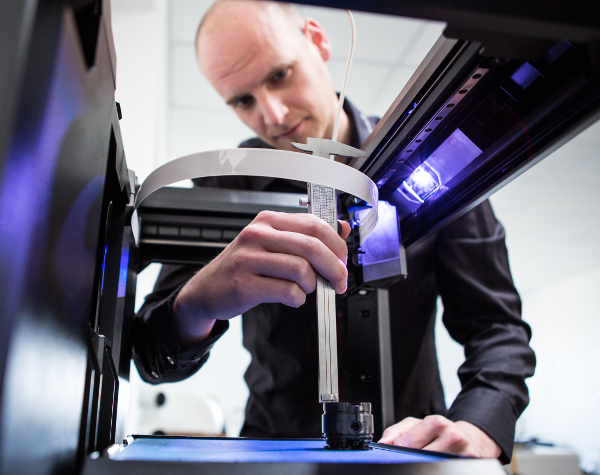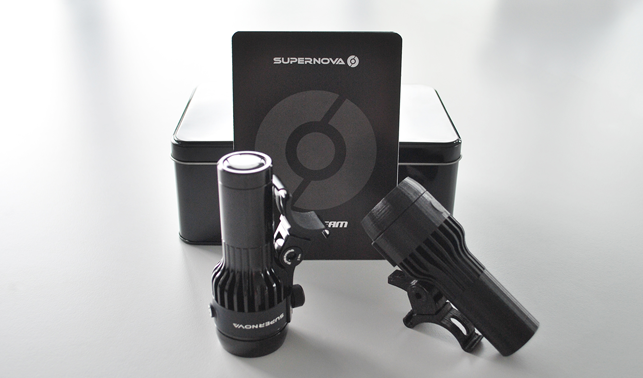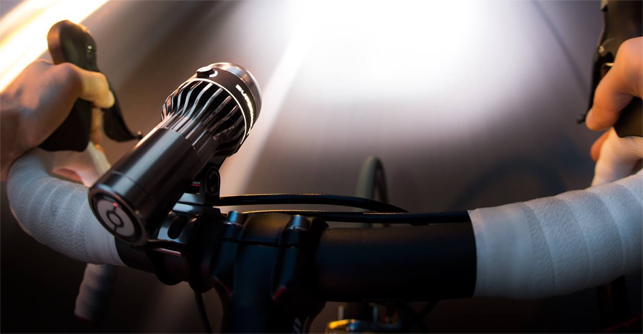
Getting hands-on with prototypes and having the ability to work through iteration after iteration on the desktop is taking Supernova Design’s work to a new level.
The award-winning industrial design studio, based in Gundelfingen in southwest Germany, has made a name for itself with its designs for high-profile clients such as BMW and Bosch.
But some of the studio’s most eye-catching work can be seen in more personal projects, such as its Waldmeister wooden bicycle frame and its own-brand bicycle lights.
Its Supernova Airstream bike light produces 205 lumens of focused light using high power LEDs, contained in a specially designed aluminium casing, that can be attached either to the bike frame or to the cyclist’s helmet.
Modern high-performance LEDs can become extremely hot and, to avoid this issue, Supernova made cooling the light housing a priority.
Specially tailored cooling fins run along the body of the casing, helping dissipate the heat of the LEDs and allowing the torch to run at full brightness without burnout.

The finished Airstream bike light (L) next to its initial 3D printed functional prototype (R)
Its design, like almost every project the team works on, has benefited from the recent introduction of more responsive in-house prototyping using a MakerBot Replicator.
According to Supernova COO Gregor Arndt, the fifth-generation desktop 3D printer has helped cut production times by one-third.
This huge time saving becomes apparent the more he explains how physical prototypes are used at every stage of Supernova’s design process, from concept iterations, to testing fit and form, to checking the details of final designs.
“We are now able to perform more development cycles than ever before,” says Arndt. “This means that we can now be more responsive to market demands, while also increasing creativity in the design process.”
Early on in the design of a new bike light model, the team is able to 3D print the exact design fitted with all of its electrical components, attach it to a bike to check out not only the aesthetics, but also details like bike fit, product tilt and lighting characteristics.
“Without 3D printing, it would be costprohibitive to do these kinds of checks at such an early stage of the design,” says Arndt. “We’ve been able to reduce our average design cycle from six months to four – a huge improvement.”


Supernova Design shines a light on benefits of more responsive in-house prototyping
Default






